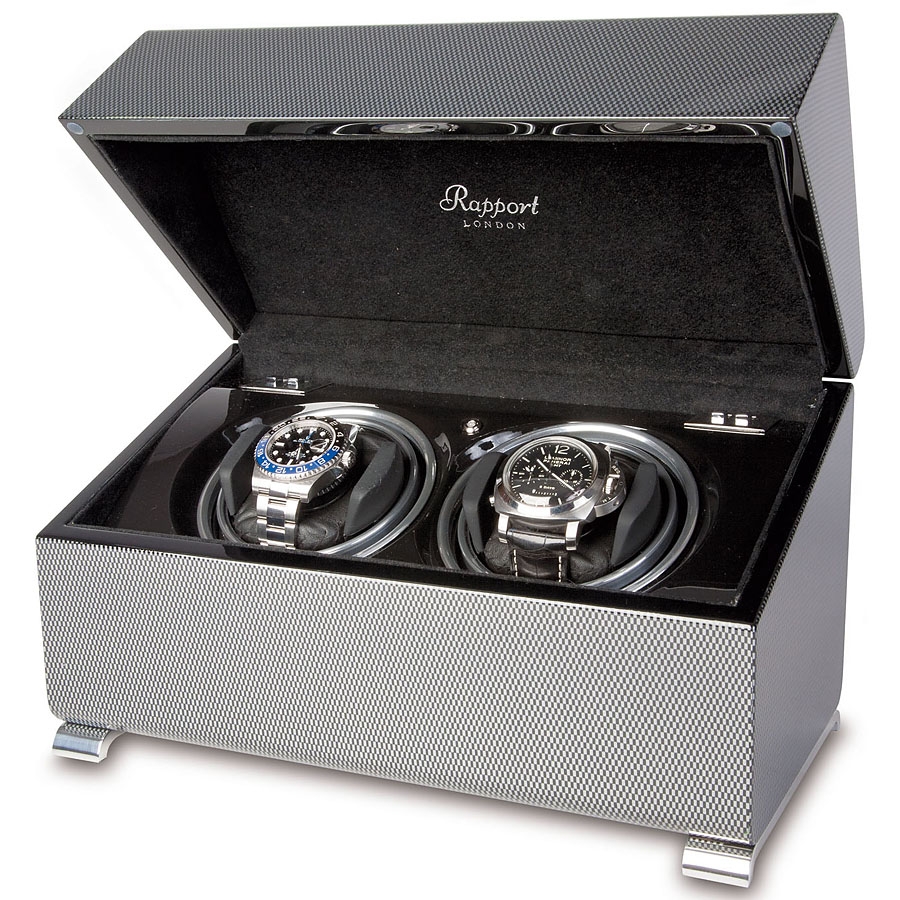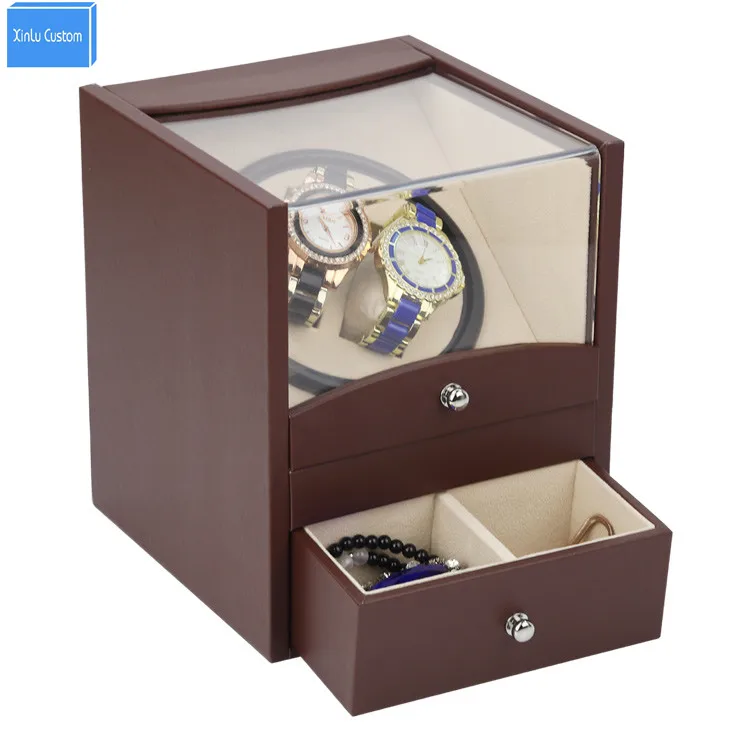

Because they’re purely mechanical, these watches need to be wound frequently to maintain accuracy. Mechanical watches are undeniably incredible, but they come with limitations. Have you heard that it’s impossible to improve upon the wheel? Well, it’s pretty hard to improve on the watch, too! It’s endlessly fascinating that such simple machines from long ago are still the basis upon which we craft the modern watch. As the escape wheel turns, so do the other wheels of the watch.Īs long as there is mainspring power in the watch, this process keeps repeating. As the pallet fork slips free, the escape wheel moves forward ever so slightly. As power is released, the pallet fork ticks back and forth, locking into an escape wheel tooth with each swing. The pallet fork and escape wheel work in tandem to allow power to flow from the mainspring in tiny, measured increments. The escapement is composed of the pallet fork and the escape wheel. Some of these wheels are attached to the watch’s hands-as they turn, so do the hands.Ī collection of parts know as the escapement controls the gradual release of the mainspring’s power. As tension is released, the mainspring provides power to the various wheels inside the watch. While the mainspring barrel keeps the mainspring from unwinding all at once, it does allow tiny amounts of tension to be released gradually. With a mechanical watch, when you twist the crown, it, in turn, increases the tension of the mainspring. The crown is the knob that you use to wind your watch (or to move the watch’s hands).

The mainspring is connected to the crown of the watch. The mainspring operates inside with the help of the mainspring barrel-a tiny canister that keeps the mainspring tightly wound and prevents it from releasing tension all at once. The mainspring is a tightly-wound, ultra-thin strip of metal that provides all of the power for a mechanical watch (you can think of it as the watch’s engine). Over the course of centuries, timepieces were engineered to be more accurate, but they were still completely mechanical-and these miniature mechanical marvels were made possible by the invention of one component: the mainspring.
AUTOMATIC WATCH WINDER BOX PORTABLE
These were the days before wristwatches, when the pocket watch was the only portable timepiece available. These early watches weren’t incredibly accurate, but they were more convenient than searching for a clock tower or asking a stranger to check the clocks in their home.
AUTOMATIC WATCH WINDER BOX SERIES
With a complex series of simple (and tiny) machines, watch movements were composed of many moving parts that worked together to keep time. The first watches were purely mechanical. How do automatic watch winders work, and do you really need one? While we won’t tell you what you do and don’t need to (that’s up to you), we’re here to tell you how these devices work-but first, let’s talk about the devices that they maintain: watches. These devices are called automatic watch winders, and they can be a valuable addition to any watch enthusiast’s collection. Luckily, there are devices on the market that allow you to set your watch down and not worry about having to rewind it when you pick it back up.


While this isn’t necessarily the most labor-intensive of tasks, it can take time out of your day. In order to accurately tell the time, you now need to reset the watch to the correct time and wind it so that it maintains enough power to keep running. That’s why it can be frustrating to pick up one of your favorite timepieces only to see that its hands have stopped turning. They’re the perfect blend of fashion and function-providing a stylish accessory to any outfit while also allowing their wearers to tell the time with a subtle glance at their wrists.


 0 kommentar(er)
0 kommentar(er)
